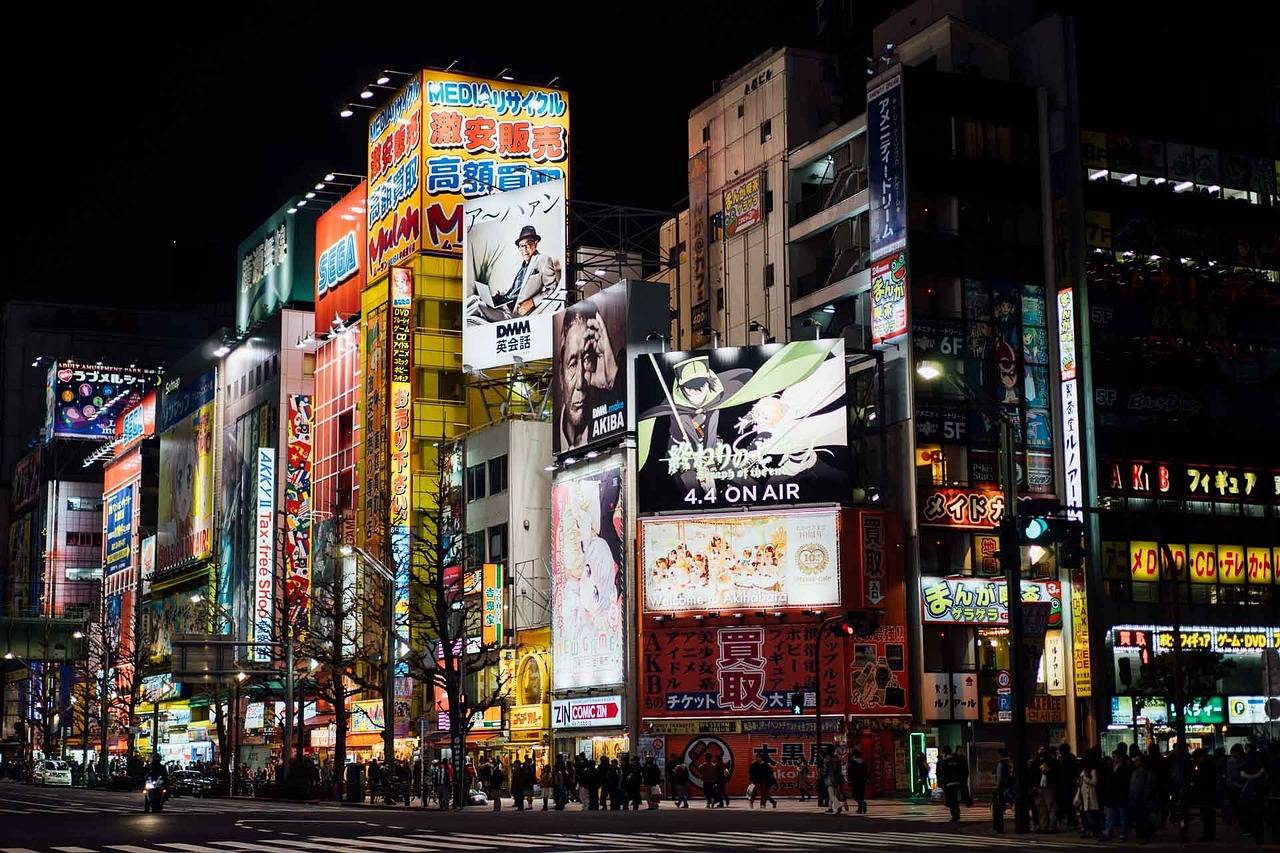The Future of Retail Design: Creating Immersive and Interactive Store Experiences
Retail environments have undergone significant transformations over the years. Traditionally, brick-and-mortar stores acted as the primary points of sale for consumers. However, with the rise of e-commerce, retailers have been compelled to adapt and innovate to create engaging in-store experiences that differentiate them from online shopping.
One of the key shifts in the evolution of retail environments is the focus on creating immersive and experiential spaces for customers. Retailers are now integrating elements of entertainment, such as interactive displays and product demonstrations, to captivate shoppers and encourage them to spend more time in-store. By blurring the lines between shopping and entertainment, retailers are able to craft unique environments that offer more than just products for sale.
Incorporating Technology in Store Design
Retail environments are constantly evolving, with technology revolutionizing the way stores are designed and operated. From interactive displays to seamless checkout processes, the incorporation of technology in store design has become essential for enhancing the overall shopping experience. Retailers are leveraging advancements in technology to engage with customers in innovative ways and create a more immersive and efficient shopping environment.
One of the key aspects of incorporating technology in store design is the use of digital signage and interactive kiosks. These tools not only provide valuable information to customers but also offer a personalized and interactive experience. By integrating touch screens, virtual reality, and augmented reality technologies, retailers can create a more dynamic and engaging environment that appeals to tech-savvy consumers.
Personalization and Customization in Retail Spaces
When it comes to modern retail spaces, providing personalized and customizable experiences for customers has become a key focus for many businesses. From online shopping platforms to brick-and-mortar stores, consumers are increasingly seeking unique and tailored shopping experiences that cater to their individual preferences and needs. This shift in consumer behavior has prompted retailers to rethink their store designs and strategies to create more personalized interactions with their customers.
By integrating technology such as artificial intelligence and data analytics, retailers can gather insights into consumer behavior and preferences, allowing them to offer personalized product recommendations and services. This data-driven approach enables retailers to create customized experiences that not only drive sales but also foster customer loyalty and satisfaction. From personalized product recommendations to interactive displays that cater to individual tastes, the integration of technology in retail spaces has transformed the way businesses engage with their customers on a personal level.





